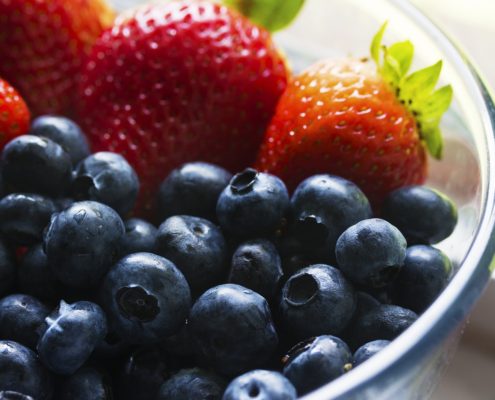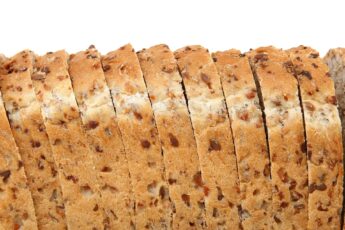
You’ve heard it forever: “breakfast is the most important meal of the day.” Sounds exactly like something you’d hear from picture-perfect TV moms like June Cleaver on “Leave It To Beaver, or Mrs. Cunningham on “Happy Days.”
Well, it’s really true, according to the latest research – and a lot of studies that preceded it. This study involved 698 students, average age was about 7½ years, so primary grade school kids. Just before they were given a standard achievement test, they completed a recall of what they’d eaten for breakfast.
The kids who ate breakfast before taking the test scored significantly higher than those who had not eaten breakfast. One review looked at breakfast eaters among urban minority youth and the conclusions were horrifying:
- The prevalence of skipping breakfast was “highly and disproportionately prevalent among urban minority children.”
- Breakfast skipping negatively impacted academic achievement.
- Was associated with increased absenteeism.
- Despite the availability of school breakfast programs, not enough vulnerable children take advantage of them.
But What KIND of Breakfast Works?


 Breakfast is a true opportunity for filling the gaps in kids’ diets that probably won’t be filled if they skip breakfast. Here are the food groups of particular concern that most kids’ (and adults’) diets are lacking:
Breakfast is a true opportunity for filling the gaps in kids’ diets that probably won’t be filled if they skip breakfast. Here are the food groups of particular concern that most kids’ (and adults’) diets are lacking:
- Low-fat/fat free dairy,
- Fruits & vegetables,
- Whole grains.
Breakfast is an ideal meal for getting all three of the food groups of concern. A simple serving of whole grain cereal, milk, and fruit covers so much nutritional ground. These are foods they need multiple times during the day, and when kids miss breakfast, they don’t eat more of them later to compensate, they just miss out. When they make a habit of skipping breakfast, it’s a lifestyle with a nutritional concern.
The US Dietary Guidelines for Americans points out 4 “nutrients of concern” so named because over half the population is falling short:
- Calcium
- Vitamin D
- Potassium
- Fiber
Indeed, at least 60% of kids (up to 90% of teen girls) don’t get enough calcium, yet a simple glass of milk – real milk, not a “milk alternative” – is a top source of three of those 4 nutrients of concern: calcium, potassium, and vitamin D. The fresh fruit and whole grain cereal both have fiber, so you can see how that simple bowl of cereal, fruit and milk adds up to so much. And kids like it! Of course, for older kids, you can do some add-ons, too.  Adding some yogurt (Greek yogurt, too) or an egg, or some string cheese, just ups the protein and nutrition further, keeping them full and better able to focus until lunchtime.
Adding some yogurt (Greek yogurt, too) or an egg, or some string cheese, just ups the protein and nutrition further, keeping them full and better able to focus until lunchtime.
Doing School Breakfast Smarter
The above review also called for a universal breakfast program that allows kids to actually have their breakfast in their own classrooms. This is becoming more popular but it’s still in its early stages and needs to be greatly expanded because it has to be one of the best ideas yet about how to give kids breakfast at school and ensure they have it every day. Here’s how it works:
- Kids pick up their breakfast in a package as they enter their classroom.
- They eat at their seat during the first 10 minutes or so of the school day, while announcements are made.
- Remaining trash is collected, the kids continue with class, ready to learn.
I like this idea for a few reasons:
- It always includes milk & fruit – two groups kids need more of.
- Kids get a structured meal that’s balanced and meets federal nutrition standards.
- They eat with their friends in a familiar place.
- They get nourished when they need to concentrate.
- Convenience! No having to go to the cafeteria, just go to class and it’s there.
The best part of breakfast in the classroom is that eating breakfast becomes part of their regular routine. Breakfast is a meal of habit, and a good habit is one they can keep forever.
This column was supported by the Milk Processor Education Program





